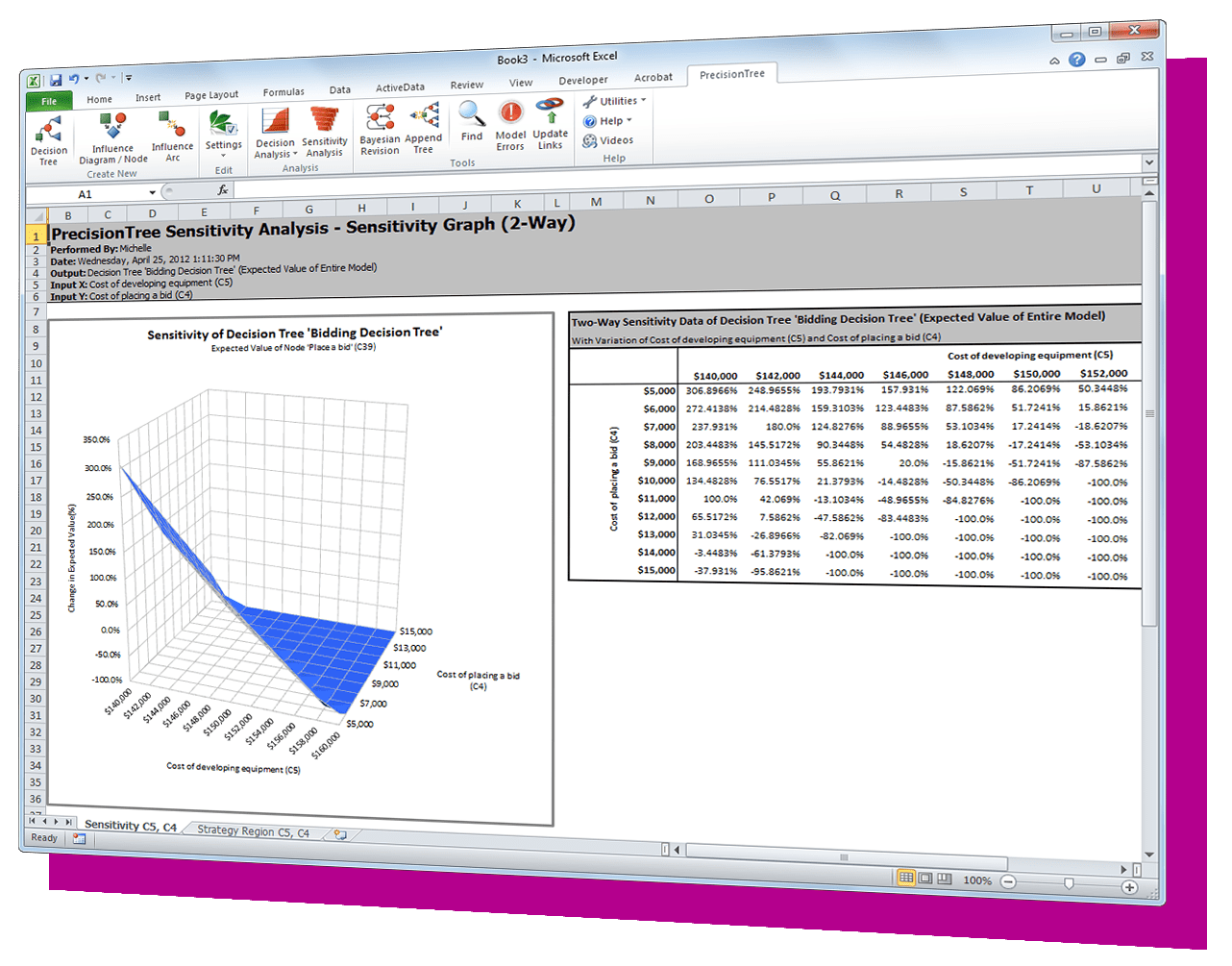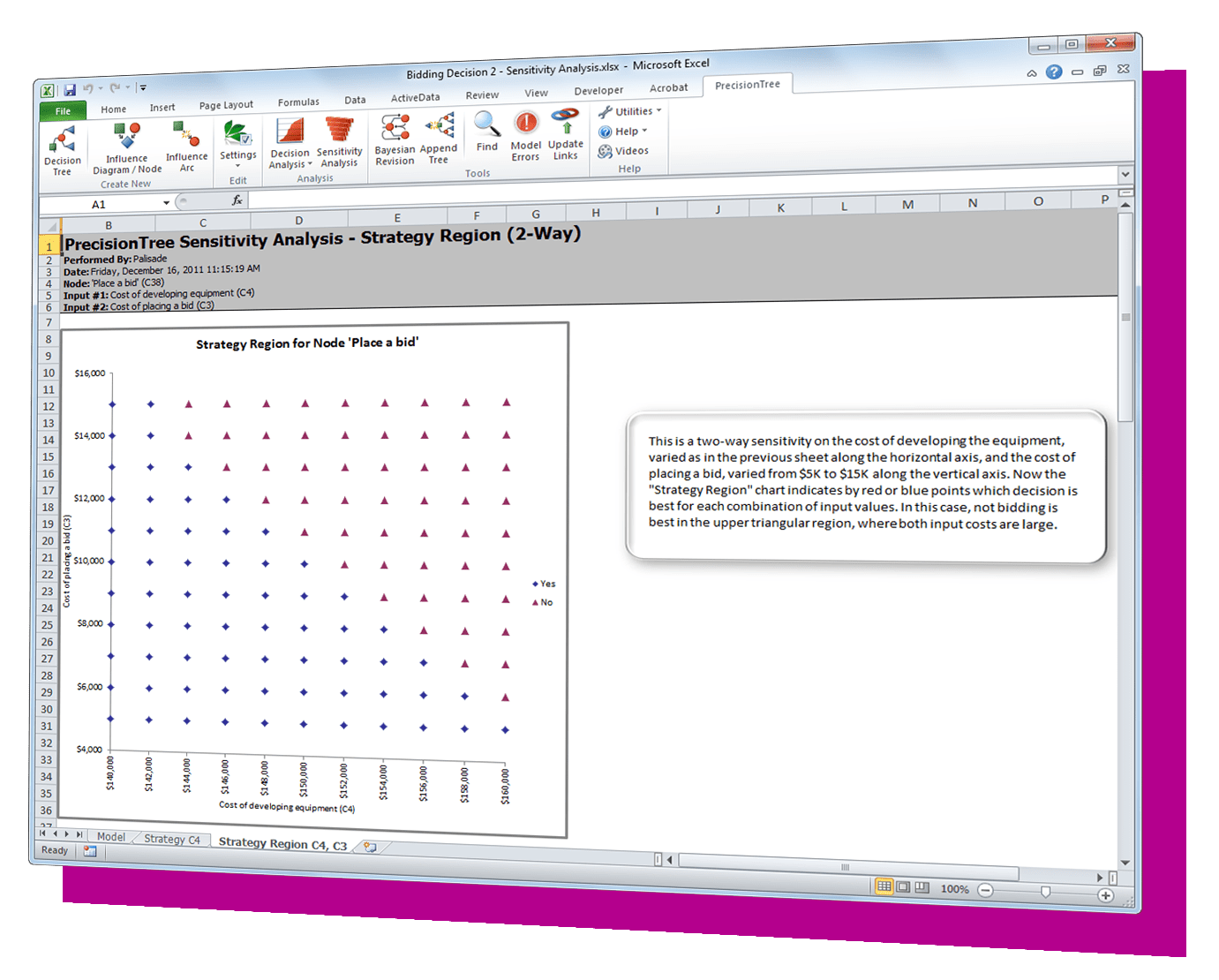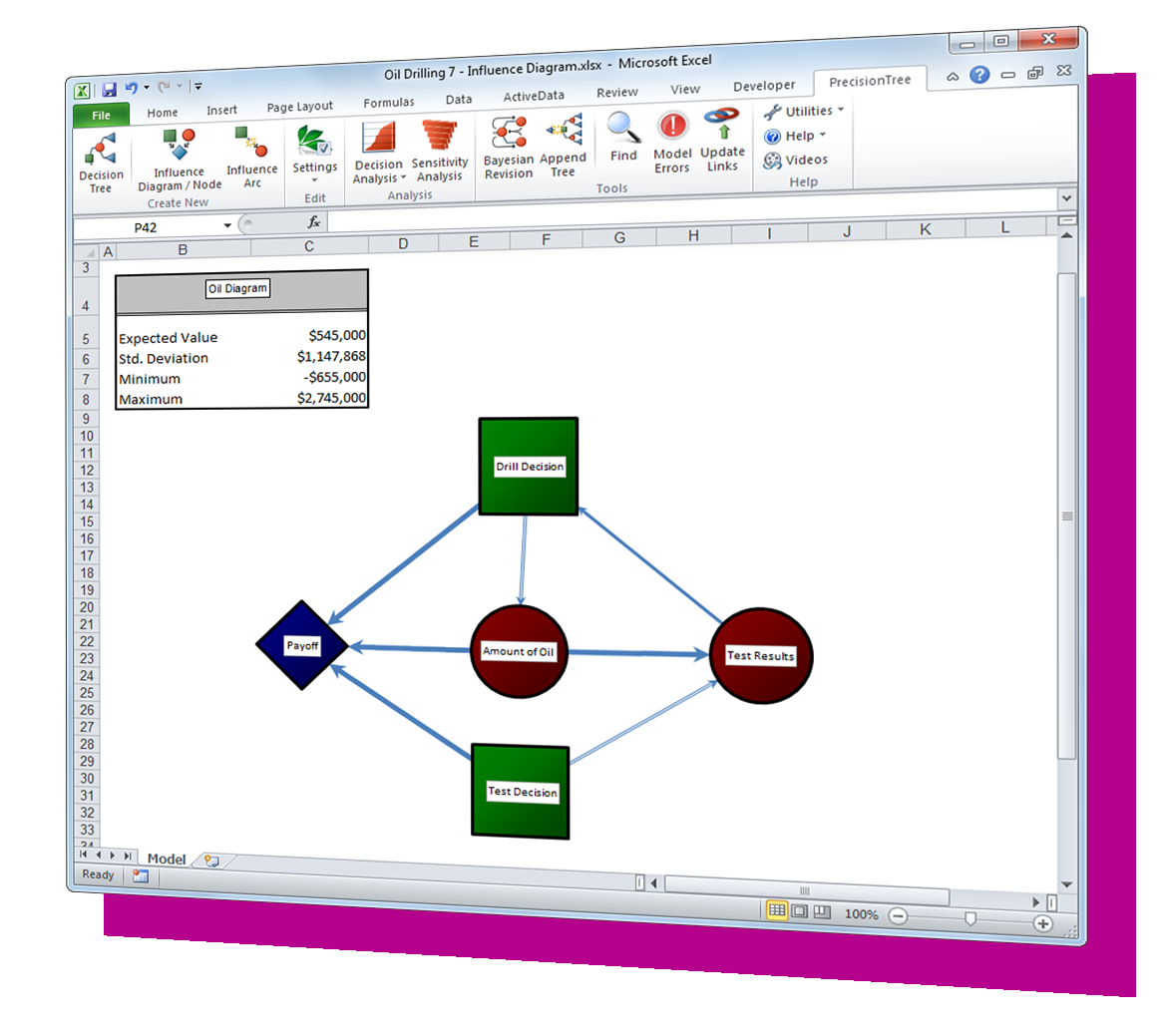

Mitigate Risks







Lumivero’s StatTools software brings robust statistical analysis and forecasting power to Excel. With StatTools, any Excel user can apply any of over three dozen statistical and forecasting analyses to data directly in their spreadsheet. All StatTools functions behave exactly as native Excel functions do, so there is no learning curve. Furthermore, StatTools is designed to work closely with Lumivero’s NeuralTools product for neural networks prediction, making for a combined data analysis powerhouse unavailable anywhere else.